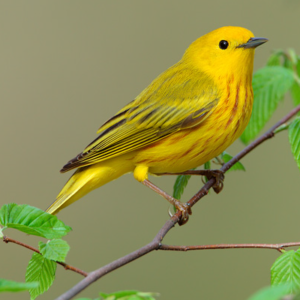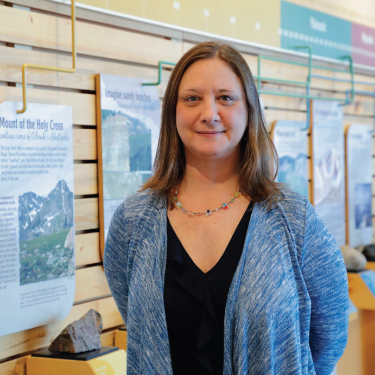 Birdwatching isn’t always easy. Birds don’t sit still for long, and they certainly don’t come close and spin around so we can see all their markings. And when you start looking up little yellow birds in your bird book, you realize that there are tons of them, and you should have looked for an eye ring and how could you not have noticed whether there was a black cap on the bird’s crown? It can all be a little overwhelming for the amateur birder.
Birdwatching isn’t always easy. Birds don’t sit still for long, and they certainly don’t come close and spin around so we can see all their markings. And when you start looking up little yellow birds in your bird book, you realize that there are tons of them, and you should have looked for an eye ring and how could you not have noticed whether there was a black cap on the bird’s crown? It can all be a little overwhelming for the amateur birder.
So if you’re interested in learning a little bit more about some of our feathered friends, I have some advice for you. Start small, and play the odds. The most common birds are those you are most likely to see, so if your initial search tells you you’ve just spotted a Nashville Warbler at a high country lake, you might want to look again.
Take, for example, the ubiquitous yellow warbler, common inhabitant of watery denizens from New York to California. These bright yellow birds can be seen flitting from branch to branch, often near the tops of tall shrubs, as they search for insects like midges, caterpillars, and beetles. These hardy little birds are long-distance migrators, spending the summers in the northern US and Canada, and winters in Central and northern South America, some even making the long journey across the Gulf of Mexico in a single nonstop trip.
“Warblers” is a common term that refers to birds in Family Parulidae, or wood warblers. The yellow warbler is one of the most common in the family, and can be found across the country, in willow thickets and streamside cottonwoods and alders. Both the male and female of the species are both fairly uniformly yellow, with darker markings on their wings. The females are slightly duller, with a more yellowish green on their back and crown (head). Males also have chestnut colored streaking on their breasts, more pronounced in some populations than others.
The list of warblers you could see is fairly long, but the list of warblers that you are likely to see is much shorter. Perhaps the most common and easy to confuse bird would be the Wilson’s Warbler, especially the female, which lacks the distinct black cap of the male, but the Wilson’s Warbler is a fairly slender bird, while the yellow warbler is stockier and rounder, more like a sparrow. There is also an orange-crowned warbler, which is more of a greenish-yellow, but contrary to its name, rarely has orange feathers on its crown. (And we wonder why people get frustrated with birding …)
Bird sightings in the field can be notoriously and frustratingly brief, but there are a few ways to get better views of our feathered friends. First, make sounds like an insect fluttering through the leaves. No, seriously, making a “pssshhh” sound can attract small songbirds. Apparently it sounds like leaves moving and small birds come nearby to look for food. Second, take notes and/or photos! A photo is always great, but it can be really hard to get the bird to pose, so don’t be afraid to take a mental picture and jot down some notes. Notes written down directly after an encounter are the most reliable, of course.
If you’re not looking for it, you won’t see it. But when you do notice those brilliant little flecks of brilliant yellow deep in the willow thickets, you won’t forget to look again. Watch and listen for all kinds of warblers this summer, and even if you can’t name them, you can still enjoy them.
Jaymee Squires is the Director of Graduate Programs at Walking Mountains Science Center in Avon. She enjoys watching birds of all shapes and sizes, named and unnamed.









